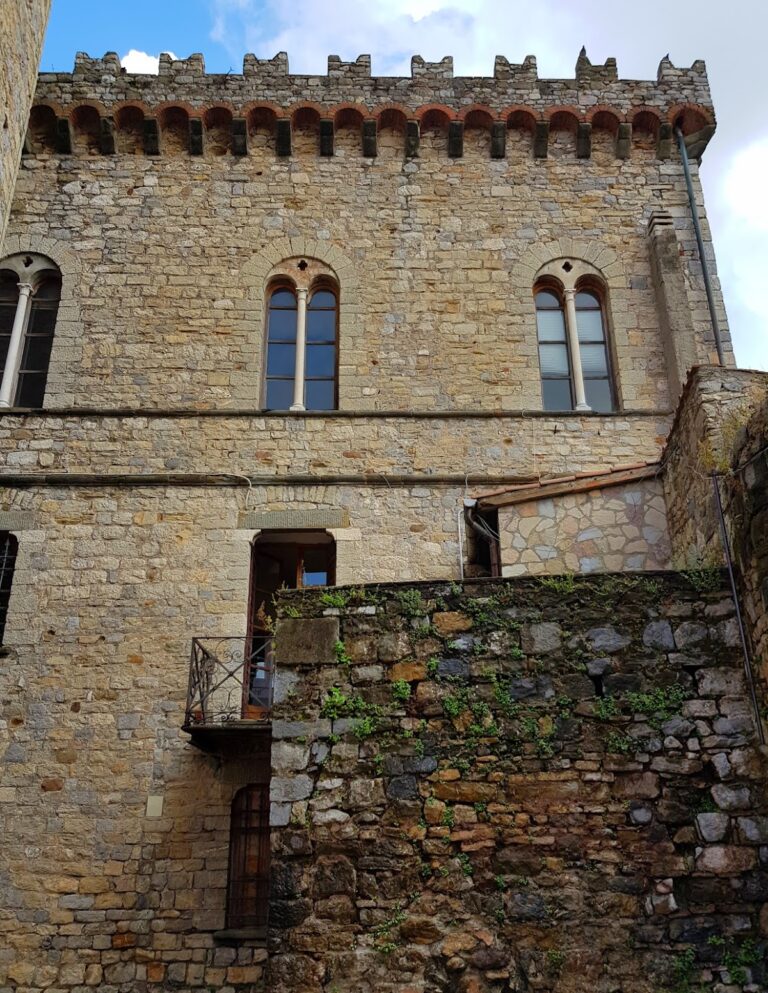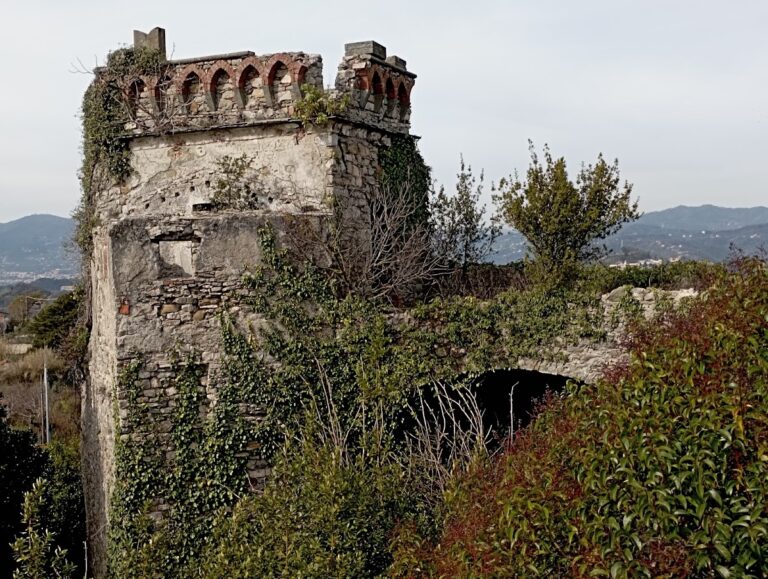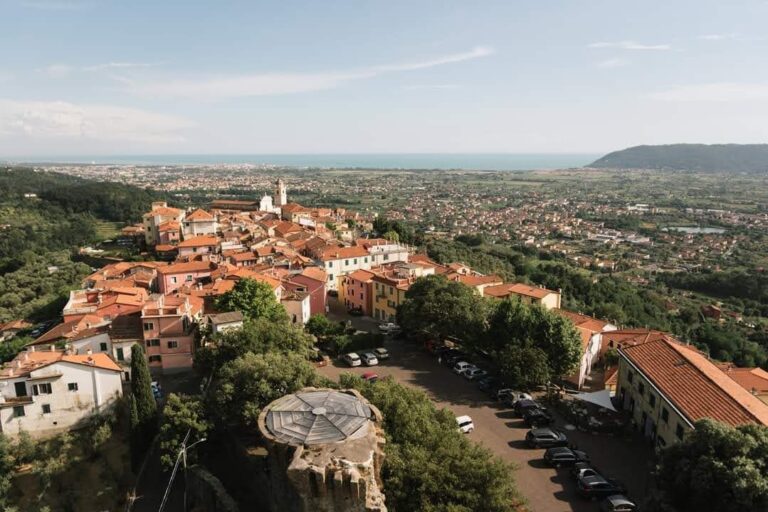Castello della Brina: A Medieval Fortress Near Sarzana, Italy
Visitor Information
Google Rating: 4.3
Popularity: Very Low
Google Maps: View on Google Maps
Official Website: castellodellabrina.it
Country: Italy
Civilization: Unclassified
Remains: Military
History
Castello della Brina is located near Sarzana in modern Italy and was established by the counts-bishops of Luni during the latter half of the 11th century. This fortress served as a defensive stronghold intended to oversee and control the vital roadway connecting Sarzana to Ponzano and extending beyond the Apennine Mountains toward the Po Valley. This route provided an alternative corridor for trade and communication compared to the more commonly used path via Santo Stefano di Magra and Aulla.
The name “Brina” is historically attested as early as 1055, appearing in a sale contract that lists a witness named Giacomo Corradi of Brina, indicating that the area had already gained some form of identity by this time. By 1078, further documentation records a transaction involving the transfer of houses, lands, and castle walls in Brina from a local figure named Pellegrino di Burcione to Bishop Guido II (or Guidone) of Luni. This event suggests the consolidation of the site under ecclesiastical control, reflecting the role of the counts-bishops not only as religious leaders but also as territorial rulers.
Throughout the Middle Ages, the castle’s strategic position made it a focal point of regional power struggles. Notably, in 1279, the castle on its hill became the center of a fierce dispute between the Malaspina noble family and the bishop of Luni at the time, Enrico da Fucecchio. This clash likely stemmed from the castle’s importance in controlling access across the region and its potential as a military and administrative base.
Archaeological findings have pushed back the history of the site well before the medieval period. Excavations carried out between 2000 and 2013 uncovered signs of a settlement predating Roman times. This discovery extends the known occupation at Brina far earlier than previously documented, indicating that its location had long been valued for settlement and defense.
Remains
The remains of Castello della Brina reveal a fortified settlement that was primarily centered around a circular tower positioned on a hillside overlooking the lower Magra valley. This placement provided a commanding vantage point over the surrounding landscape, especially along a secondary ridge between the localities of Falcinello and Ponzano Superiore. The site, known today as Torraccio near Sarzana and bordering Santo Stefano di Magra, showcases two concentric defensive wall lines encircling the settlement. These walls reinforced the defensive strength of the location and delineated the boundaries of the inhabited area within.
Excavations revealed the foundations and ruins of the circular tower and the adjoining fortifications, confirming the strategic defensive architecture characteristic of the 11th century. Within the enclosed area, remains of habitation suggest a small community lived alongside the military structures. Photographic documentation of the ruins demonstrates the fragmented condition of the walls and tower, which stand as a visible record of the castle’s form and extent.
The presence of two separate wall circuits indicates a layered defense system designed to protect both the core tower and the surrounding settlement. While specific materials and construction methods are not detailed, the layout affirms a careful planning approach to security, consistent with medieval military architecture in the region. The archaeological investigation also revealed elements linked to earlier periods of occupation, including evidence of a pre-Roman community that had settled at the site, further emphasizing the enduring significance of this location.
Together, these preserved remains illustrate Castello della Brina’s evolution from an ancient settlement to a medieval fortress central to controlling important trade and military routes in Northern Italy.







